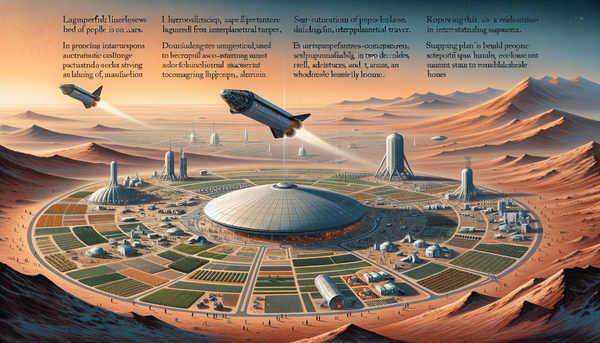SpaceX Starship Soars in NASA Moon Mission Test Despite Ocean Plunge

On March 14, SpaceX marked a significant milestone with the third test flight of its Starship launch vehicle from its Starbase facility in Boca Chica, Texas. The flight aimed to further the development of the world's largest and most powerful rocket, which is central to both SpaceX's ambitions for space exploration and NASA's Artemis missions to the Moon. The test was a part of SpaceX's ongoing efforts to complete prototype testing and move toward operational launches.
During the test, the Starship demonstrated key capabilities, such as completing its full-duration ascent burn and successfully separating from its Super Heavy booster. It also showcased the potential for satellite delivery by opening a payload door during flight. Although the rocket did not complete a planned soft splashdown, as it was lost after reentry, the mission gathered critical data to inform future tests and improvements.
The Starship system, which includes the Super Heavy booster and Starship upper stage, is designed to be a two-stage reusable launch vehicle. This flight test was an integral component of SpaceX's plan to develop a Starship human landing system (HLS) for NASA, which will be instrumental in returning humans to the Moon and potentially transporting them to Mars. The test also featured a demonstration of cryogenic propellant transfer, a technology pivotal for long-duration space missions.
Despite the test ending with the loss of both rocket stages, SpaceX does not view these outcomes as failures but rather as learning opportunities to refine the spacecraft. The success of SpaceX's Starship development is expected to significantly influence the future of satellite launches and deep space exploration.




